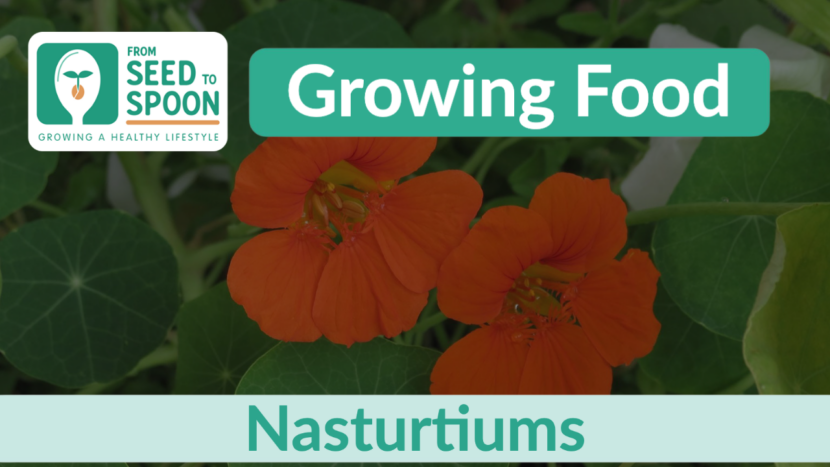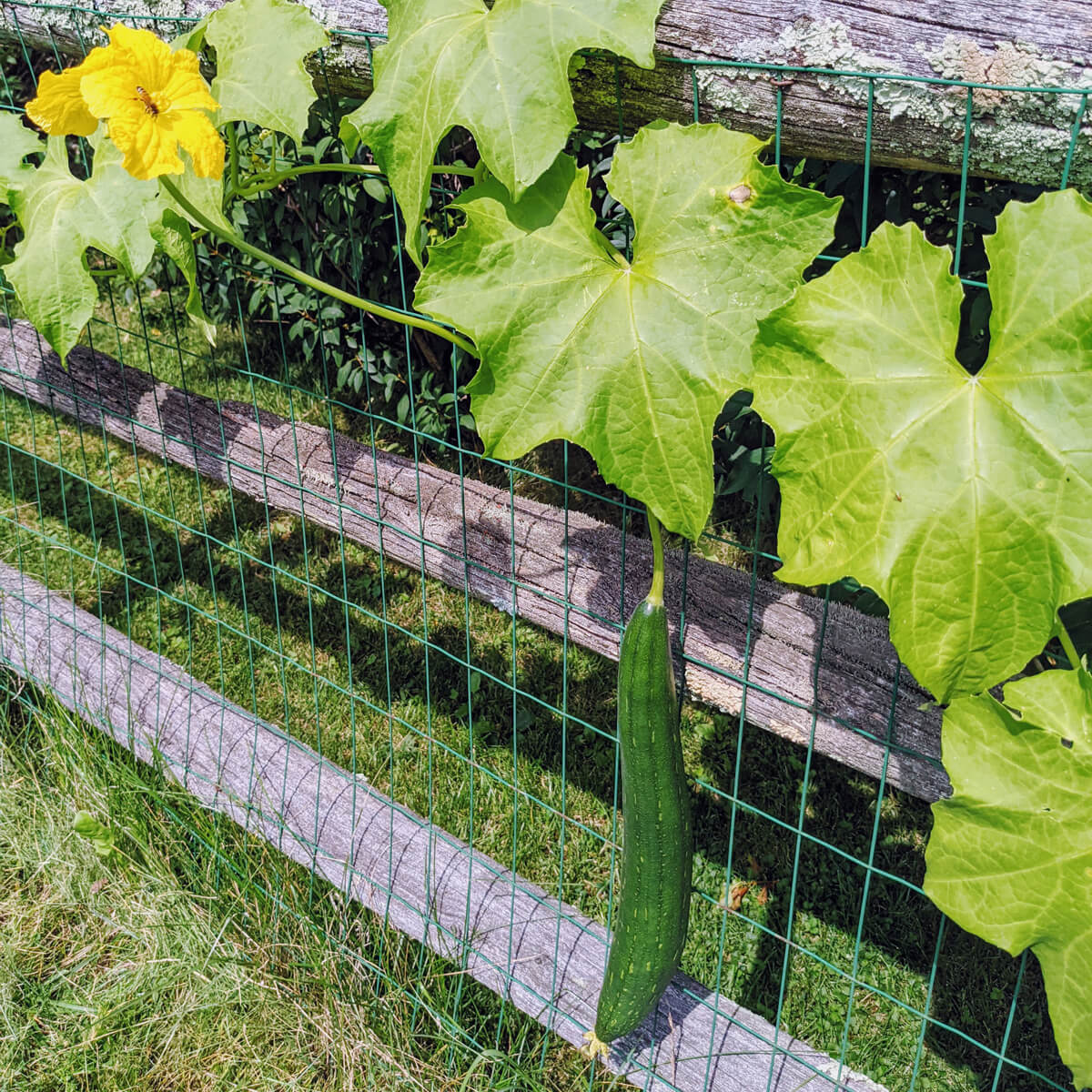The Ultimate Guide To Loofah Companion Planting
The Ultimate Guide to Loofah Companion Planting
Luffa is a versatile plant that can be grown for its edible gourds, fibrous sponges, or even as a decorative vine. Whether you're growing luffa for the first time or you're a seasoned pro, companion planting can help you get the most out of your crop.
In this guide, we'll discuss the benefits of companion planting with luffa, as well as some of the best companion plants for luffa. We'll also cover some tips on how to plant and care for luffa, so you can enjoy a successful harvest.
Benefits of Companion Planting with Loofah
There are many benefits to companion planting with luffa. Some of the most important benefits include:
- Attracting beneficial insects: Companion plants can attract beneficial insects, such as ladybugs and lacewings, which help to control pests. For example, marigolds are a good companion plant for luffa because they attract ladybugs, which prey on luffa pests such as aphids.
- Distracting pests: Companion plants can also distract pests, making them less likely to bother your luffa plants. For example, nasturtiums are a good companion plant for luffa because they have a strong scent that pests find unpleasant.
- Providing shade and windbreak: Companion plants can provide shade and windbreak for luffa plants, which can help to protect them from pests and diseases. For example, corn is a good companion plant for luffa because it can provide shade and windbreak for the luffa vines.
- Improving soil quality: Companion plants can improve soil quality by adding nutrients and organic matter. For example, beans are a good companion plant for luffa because they fix nitrogen in the soil, which is a nutrient that luffa plants need.
Best Companion Plants for Loofah
Some of the best companion plants for luffa include:
- Marigolds: Marigolds attract ladybugs, which prey on luffa pests such as aphids.
- Nasturtiums: Nasturtiums have a strong scent that pests find unpleasant.
- Corn: Corn can provide shade and windbreak for luffa plants.
- Beans: Beans fix nitrogen in the soil, which is a nutrient that luffa plants need.
- Cucumbers: Cucumbers and luffa are both members of the cucurbit family, so they have similar growing requirements. They can also help to support each other by providing shade and windbreak.
- Pumpkins: Pumpkins and luffa are both large plants that need plenty of space to grow. They can also help to attract beneficial insects and improve soil quality.
- Sunflowers: Sunflowers are tall plants that can provide shade and windbreak for luffa plants. They can also help to attract beneficial insects.
Planting and Care for Loofah
Luffa plants need full sun and well-draining soil. They are relatively drought tolerant, but they will need more water during hot, dry weather. Luffa plants are also heavy feeders, so they will need to be fertilized regularly.
To plant luffa seeds, sow them directly in the ground about 2 weeks after the last frost. Plant the seeds 1/2 inch deep and 2-3 inches apart. Luffa plants will need to be thinned once they have grown a few sets of leaves.
Luffa plants will begin to flower about 6-8 weeks after planting. The flowers will be yellow or white, and they will be followed by small, cucumber-like gourds. The gourds will continue to grow and mature over the next few months.
Once the gourds have reached full size, they will be ready to harvest. To harvest a luffa gourd, cut it off the vine with a sharp knife. The gourds can be used immediately, or they can be dried and stored for later use.
Luffa companion plants are a great way to improve the health and productivity of your loofah plants. Some of the best companion plants for loofah include:
- Beans: Beans fix nitrogen in the soil, which can help to improve the nutrient content of the soil for your loofah plants.
- Onions: Onions repel pests and diseases, which can help to keep your loofah plants healthy.
- Catnip: Catnip attracts beneficial insects, such as ladybugs and lacewings, which can help to control pests.
- Oregano: Oregano deters pests and diseases, and it can also help to improve the flavor of your loofah.
- Corn: Corn provides a trellis for your loofah plants to climb, which can help to prevent them from becoming overcrowded.
- Peas: Peas fix nitrogen in the soil, and they can also help to suppress weeds.
- Marigolds: Marigolds repel pests and diseases, and they can also help to improve the drainage of the soil.
- Radish: Radish helps to break up compacted soil, which can help to improve the drainage of the soil and the overall health of your loofah plants.
For more information about loofah companion plants, please visit Gardenia Inspiration.
FAQ of loofah companion plants
- What are some good companion plants for loofah?
Some good companion plants for loofah include peas, beans, sweetcorn, and onions. These plants help to deter pests and diseases, and they also help to improve the soil quality.
- What plants should I avoid planting near loofah?
You should avoid planting loofah near potatoes. Potatoes are susceptible to a disease called potato blight, which can also affect loofah.
- How far apart should I plant loofah?
Loofah plants need plenty of space to grow, so you should plant them about 3 feet apart.
- What type of soil does loofah need?
Loofah grows best in well-draining soil with plenty of organic matter. The soil pH should be between 6.0 and 7.0.
- How much sunlight does loofah need?
Loofah needs full sun to grow properly. It should receive at least 6 hours of sunlight per day.
Image of loofah companion plants
5 different images of loofah companion plants from Pinterest:
- Marigolds: Marigolds are known for their insect-repelling properties, which can help to protect loofah plants from pests such as aphids and squash bugs.

- Nasturtiums: Nasturtiums are another type of flowering plant that can help to deter pests. They also attract beneficial insects, such as ladybugs and lacewings, which can help to control pests naturally.

- Cucumbers: Cucumbers and loofah plants are both members of the Cucurbitaceae family, so they can be grown together successfully. They have similar growing requirements and can help to support each other by providing shade and moisture.

- Pole beans: Pole beans are a good choice for companion planting with loofah plants because they can grow up the same trellis or support structure. This helps to maximize space in the garden and can also help to deter pests.

- Sunflowers: Sunflowers are tall plants that can provide shade for loofah plants, which can help to protect them from the hot sun. They also attract beneficial insects, such as bees and butterflies, which can help to pollinate the loofah plants.

Post a Comment for "The Ultimate Guide To Loofah Companion Planting"